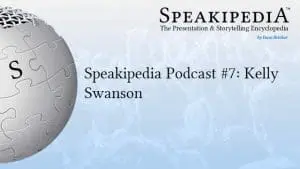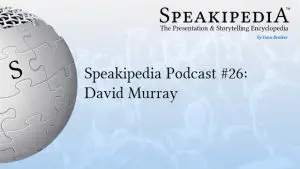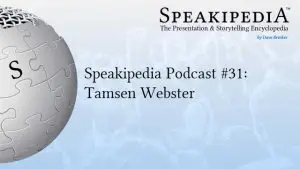Just sit down and write!
Let the ideas flow!
For many of us, they do—and it’s easy to become enamored with that feeling that we are channeling ideas from some sort of mystical “source.”
Flow-writing is a marvelous feeling but it has its drawbacks.
A jazz musician improvises a solo but their improvised melody has to be relevant to the chords.
A poet may let the words flow but if they’re writing a sonnet, they have to count syllables and lines.
And if you’re writing a speech, you have to deliver value to your audience.
That means you can’t prattle on about the topic you’re an expert on.
You can’t just bloviate into the microphone, even if you know your subject is cold.
But here’s the part of the relationship between structure and flow that so many people miss:
If you map out your structure—if you outline your speech—if you improvise around the chord changes—you’ll find yourself flowing into that structure.
Set up the conflict to get your audience interested.
That’s emotional stuff. Can you feel it? Can you let your emotions drive your writing? Live the conflict and ideas will flow.
And you have the answers. Can you summon up enthusiasm as each step takes you—and your audience—closer to transformation? That’s flow, too.
And then there’s the moment of deliverance. How does it feel?
Flow flow flow.
Structure is not the enemy of inspiration.
Structure will guide your ideas in ways that flow can never do on its own.
Flow will bring your ideas to life in ways that structure can never do on its own.
Create an outline first.
Then, just sit down and write!
Let the ideas flow!





